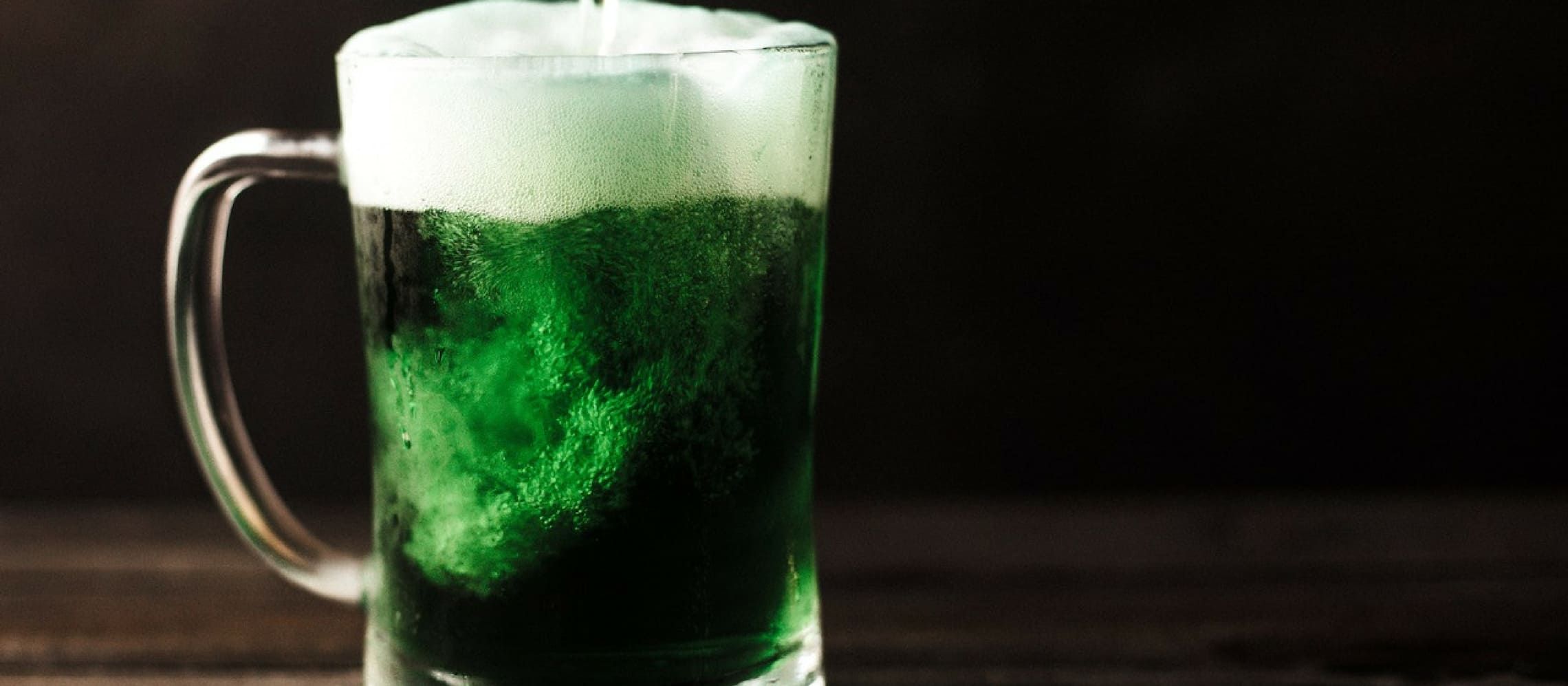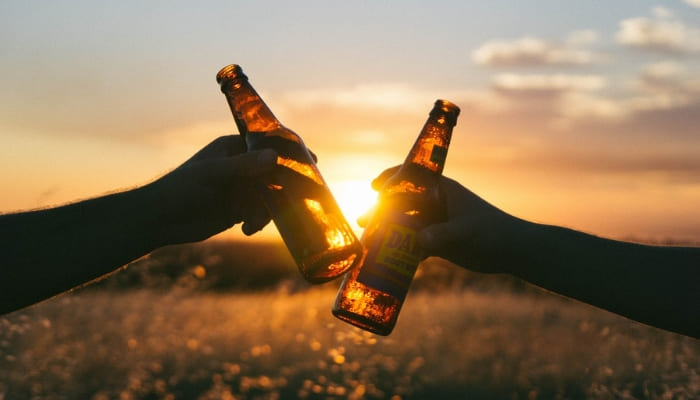Early Bird Deadline
30 November 2025
Judging
Date
23 March 2026
Winners Announcement
22 April 2026
30 November 2025
23 March 2026
22 April 2026

The BBC’s Blue Planet series highlighted the huge damage we’ve already inflicted on our oceans. There’s compelling evidence in plenty of other fields, too, that we need to have more concern about the impact on the wider environment in how we use resources. This is something that also has relevance in the brewing industry and is already beginning to be addressed by breweries, both big and small, working to produce that ‘greener pint’.

It takes a lot of water to brew a pint of beer – the average ratio falls somewhere around the 5:1 mark in brewery terms (that’s 5 pints of water to produce a pint of beer), but is considerably higher if we include the farming element of growing and producing the ingredients that go into that pint. Whilst, today, water may not be that much of a finite resource in the UK, this belies the growing global threat of water scarcity that’s forecast could come about through a mix of climate change and population growth over the next 30 years. It’s good to know, therefore, that some breweries are now achieving closer to a 3:1 ratio, a great first step in producing that greener pint.
The cost of water in straight financial terms is also adding to the pressure to use less, and use it more efficiently and effectively. Whilst using spring water and on-site wells may reduce the call (and cost) made on the public water supply, it’s not a long term solution to a possibly dwindling resource. Recycling water provides a more sustainable option with breweries passing used water into willow beds, ponds and lagoons to filter and clean so it can be pumped out and re-used. These ‘industrial effluent’ cleaning methods can also have a benign effect on Nature in general as they become a haven for wildlife. Other waste water uses include irrigating crops – in fact, because waste water can be high in biodegradables and nitrogen, it also acts as a fertiliser – and grey water can be used to clean equipment. Cleaning is a key factor in producing good beer, so some brewers are saving water by going further than the simply capturing rainwater for the likes of cask washing and are adopting ‘smart cleaning’ systems for all their equipment where pH sensors automatically stop the process once the waste water tests neutral. Others are using food grade chemicals as cleaning agents which don’t foam, and break down harmlessly, so requiring minimal rinsing. Steam created in the brewing process can also be recaptured, recirculated and re-used to cut down on the amount of water actually used.
The ‘green pint’ doesn’t end with water usage either: the most shocking sequences in the Blue Planet programme were the impact of plastic waste on marine life and the whole ecosystem and food chain, with the food and drink industry a major contributor to this tsunami of plastic pollution. Now Carlsberg, one of the world’s biggest breweries, has just replaced its environmentally-damaging plastic six pack rings with dots of glue in new ‘Snap Packs’. It may be a drop in the ocean, but Carlsberg has also introduced recyclable bottles with a longer lifespan, recycled packaging and more environmentally-friendly inks. Brewers elsewhere are ensuring products are put into recyclable glass or can, using biodegradable cardboard packaging and focusing on removing as much plastic as possible from packaging and transport. At the same time, they’re looking to reduce their carbon footprint by sourcing ingredients more locally, making savings in with lower energy consumption through the adoption of solar panel and wind turbine technology, the use of non-fossil fuels using wood from managed forests, biomass fuel and heat recovery and re-use systems, less electric climate control requirements through better insulation, like incorporating compressed hemp walls, sedum roofs and building ground floors below ground – with deliveries made by electric vehicles.
Those footprints go in both directions, too: from the sourcing of local barley, wheat and hops, and even other locally foraged ingredients, then sending the same used hops and grains to (local) farms as animal feed. Some brewers are sourcing different, longer root grain varietals which require less ploughing and irrigation.
Science plays a role, too, with a new process that turns leftover grains into liquid nutrient that can grow beer yeast, so reducing the waste ‘footprint’, lowering production costs and increasing self-sustainability in the process.
Not all spent grains go into animal feed either, with some spent grains being used to mill high protein, high fibre flour: going full circle, brewers are using bread to make beer (according to one set of figures, 44% of all bread baked in the UK otherwise gets thrown away).
More eco-friendly, more sustainable ‘green’ beer-making has a lot to do with the considerable growth in consumer interest in craft products and where their beer is made, where the ingredients come from, how they’re grown, how the production process is handled, what the (zero) waste policy might be, every bit as much as how great the beer itself tastes: in short, the story in the glass. More than that, too: it’s about the impact the product they’re buying has on the environment in terms of ‘beer miles’ to get ingredients from the field to that pleasant glass in hand. This has led to more interest in ‘sustainable provenance’ where local beers can actually be shared nationwide, with beers being selectively brewed at different sites, something which combines the best elements of provenance with a more sustainable way of producing that beer.
All of this is a far cry from the search results that Google throws up with ‘green beer’ where the first pages are all about, well, ‘day glow’ green beer – and St Patrick’s Day. Yet the real green pint is already on the shelves, driven by economics and consumer pressure, if not from any immediate environmental concern. There are already a growing number of breweries that, having taken the finest raw materials from the land, are now thinking about the impact they’re having and working to redress the balance, as it were, by ‘putting something back’. Socially and economically the green revolution can only continue to play a greater and greater part in how we produce what we want to consume and it’s a dead cert that green beer is already on the way to becoming the new gold standard.
 The article is contributed by Alistair Morrell, Wine Inspector, wine industry consultant, journalist and, commentator. Over 30 years as a wine business professional, Alistair shares his global knowledge, network, and experience of growers, importers, distributors and buyers.
The article is contributed by Alistair Morrell, Wine Inspector, wine industry consultant, journalist and, commentator. Over 30 years as a wine business professional, Alistair shares his global knowledge, network, and experience of growers, importers, distributors and buyers.
Show your beers where it matters. Get your products tasted by top buyers and experts at the London Competitions — enter now.